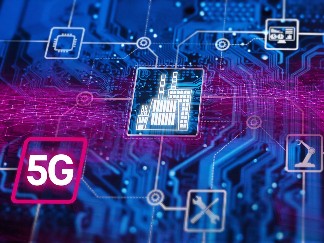
1. Ultra-Low Latency: 5G technology offers latency as low as 1 ms, allowing for real-time communication and collaboration across the globe. This is particularly beneficial for applications like remote healthcare, where timely interaction is crucial.
2. High-Speed Data Transfer: 5G provides data transfer speeds of up to 20 Gbps, making it ideal for sharing large files, videos, and other high-bandwidth content instantly.






3. **Massive Machine-Type Communications (mMTC):** 5G supports the connection of a vast number of devices, enabling IoT applications that rely on real-time data exchange and coordination.
4. **Ultra-Reliable Low-Latency Communications (URLLC):** This feature ensures that critical communications, such as those in industrial automation or autonomous vehicles, can be sent and received with absolute reliability and in real-time.
5. **Network Slicing:** 5G allows network operators to create multiple virtual networks on a single physical infrastructure. This capability enables different industries to tailor their network services to their specific needs, improving collaboration and efficiency.
6. **Edge Computing:** With 5G, data processing can occur at the edge of the network, closer to where it’s generated. This reduces latency and improves real-time decision-making in applications like smart cities, autonomous vehicles, and industrial automation.
7. **Enhanced Mobile Broadband (eMBB):** This feature provides faster data rates and lower latency, enabling applications like virtual reality (VR), augmented reality (AR), and remote gaming.
8. **Internet of Things (IoT):** 5G supports a vast number of IoT devices, enabling the widespread adoption of smart technologies in various sectors such as healthcare, manufacturing, energy management, and more.
**Benefits of Enhanced Collaboration with 5G:**
* Improved communication and coordination across teams and departments
* Enhanced productivity and efficiency in industries like manufacturing, logistics, and transportation
* Better decision-making through real-time data analysis and exchange
* Increased customer satisfaction through faster and more reliable services
* New business models and revenue streams enabled by IoT and edge computing
* Improved remote work experiences through high-speed connectivity and low latency


Leave a Reply